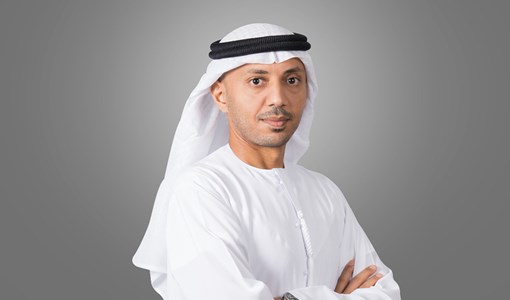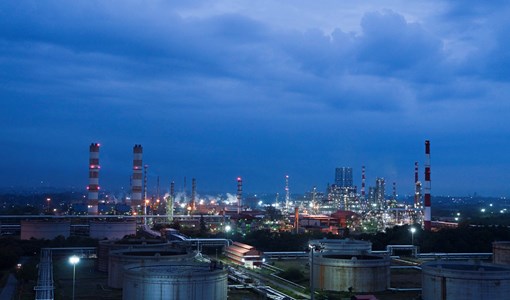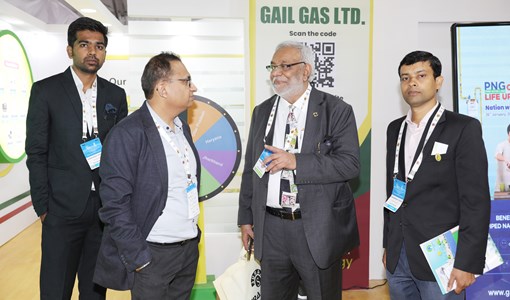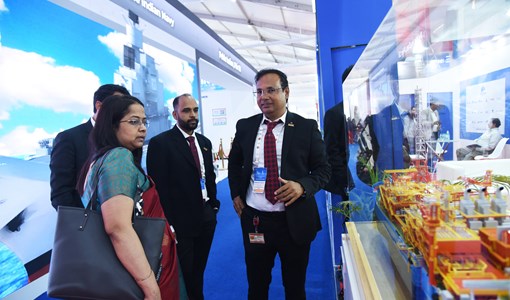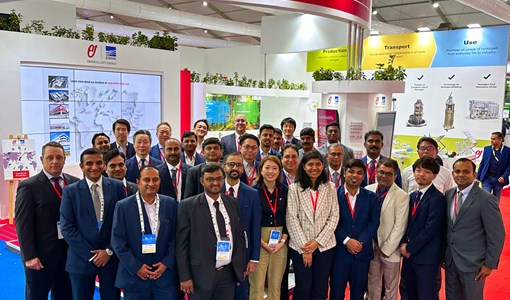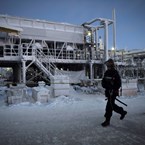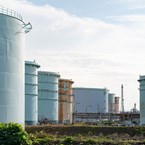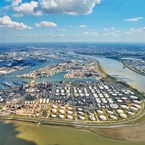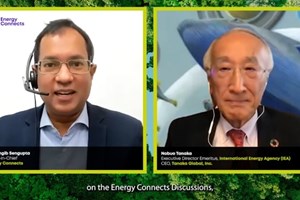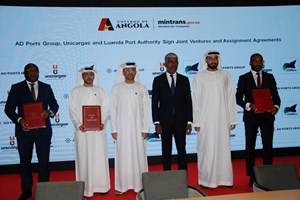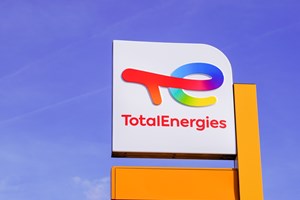New approach for drones’ data analysis
Patrick Saracco, sales director at Cyberhawk speaks to Pipeline Magazine about inspections by drones...
Cyberhawk is contracted by E&P operators to undertake offshore and onshore asset inspections internationally. This includes the inspection of tanks, flares, under-decks, risers on both fixed and floating installations. Cyberhawk’s extensive experience both in the aviation and oil and gas industries has allowed the company to complete several world firsts., for example the first flare inspection using a drone in 2010, and the first drone-based internal tank inspection for Maersk Oil in 2014.
In recent years, the company has also developed a cloud-based software, iHawk, which improves asset management and offers increased insight using visual data. Cyberhawk's iHawk Oil and Gas module has benefited from years of experience in delivering a compelling visual asset management and inspection solution for the utility industry.
As the energy industry increasingly adopts digitalisation, what impact will this have on drone demand?
The digitalisation movement will not just increase drone technology utilisation, but it will also drive the implementation of new software solutions that can host and manage vast volumes of data. The amount of data collected by drones is phenomenal and now, as we start to understand how we can better use this data to positively affect client’s safety and financial KPIs, even more data is gathered. As a visual data collection method, drones are safer, cost-effective and quicker than traditional methods, meaning more data can be captured more frequently. Digitisation of this data is where we can begin to really monitor, track, analyse and predict at scale.
What is your market outlook for drone demand in the oil and gas industry in the next 2-5 years?
It is expected drone demand will continue to increase in the oil and gas industry in the next 2-5 years. Automation will be a key enabler; not only will flying drones become more straightforward, and therefore more accessible, but thanks to machine learning and AI, the analysis and reporting of inspection results will become faster and require less manpower.
What is Cyberhawk doing in terms of technology or services to enhance the industry’s inspection capabilities?
Ten years ago, using a drone to conduct an engineering level, close visual asset inspection seemed crazy. Cyberhawk demonstrated this could be done – safely – and paved the way in which an entire industry followed. We continue this passion for innovation today and thanks to close relationships with operators and drone hardware manufacturers, every year we consistently introduce new drone technology applications which had never been considered before.
iHawk also enhances the industry’s inspection capabilities by allowing operators to completely digitalise their inspection reports. It enables project teams to visualise inspection reports in the context of the asset, allowing better communication between stakeholders, planning of future workscopes and tracking of project milestones.
The ability to host historic data also means direct comparisons can be made between various data sets, making it easy to track how a project is progressing or a defect is degrading. iHawk also integrates seamlessly with data/sensors (IoT) from third party offerings, a welcome piece of functionality for clients, meaning they can access various datasets through one single source of truth.
What new roles can drones play in the energy industry?
Collaboration between operators and the supply chain is key; we need detailed understanding of the challenges and problems faced, so we can identify if and how drone technology can play a part in addressing this. At Cyberhawk, we believe the fundamental role that drones will play is in the data they can capture, including the volume, detail, frequency and the ability to provide asset visualisation, particularly for dangerous and difficult to access areas likes tanks or underdecks. Asset digitalisation is being increasingly adopted thanks to a multitude of benefits, which includes asset familiarisation, a complete visual record which can be tracked over time, a reduction in site visits and mobilisations required and better communication through using a single source of information.
Are regulations on drones supporting or hindering the development of the market?
In some regards, drone regulations are becoming more relaxed for experienced commercial businesses like Cyberhawk, however this can differ greatly depending on what region you are flying in. Several countries make it very difficult to gain a license to fly a drone. Such regulations, however, are being put in place to stop any safety incidents taking place with hobbyist drone pilots, who are less experienced, and not professionally trained.
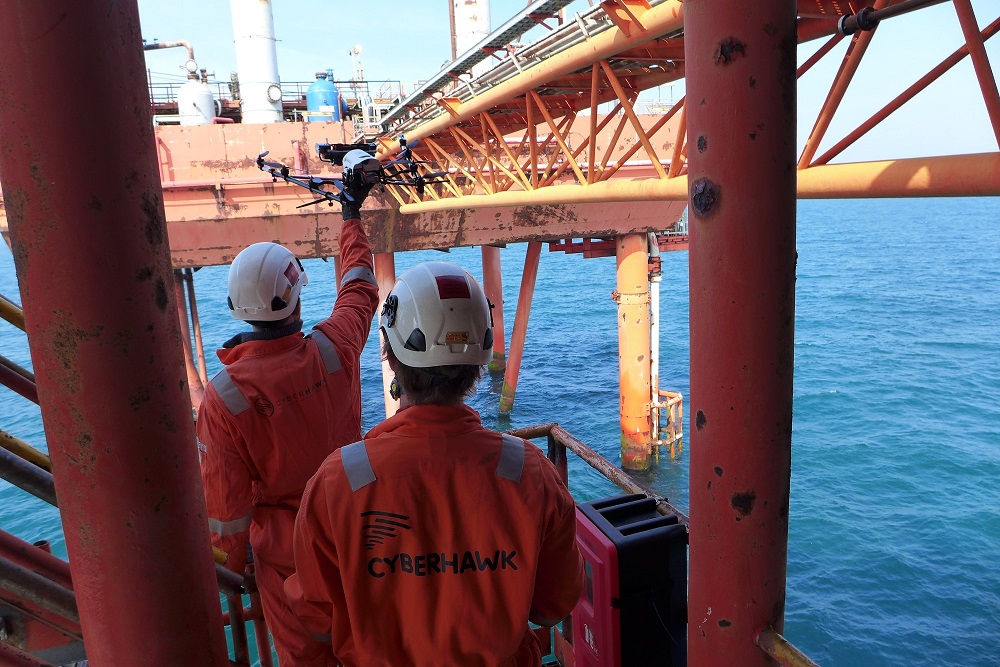
KEEPING THE ENERGY INDUSTRY CONNECTED
Subscribe to our newsletter and get the best of Energy Connects directly to your inbox each week.
By subscribing, you agree to the processing of your personal data by dmg events as described in the Privacy Policy.

Chevron helping drive Egypt’s journey to become Africa’s energy powerhouse
Mar 11, 2024
Energy Workforce helps bridge the gender gap in the industry
Mar 08, 2024
EGYPES Climatech champion on a mission to combat climate change
Mar 04, 2024
Fertiglobe’s sustainability journey
Feb 29, 2024
P&O Maritime Logistics pushing for greater decarbonisation
Feb 27, 2024
India’s energy sector presents lucrative opportunities for global companies
Jan 31, 2024
Oil India charts the course to ambitious energy growth
Jan 25, 2024
Maritime sector is stepping up to the challenges of decarbonisation
Jan 08, 2024
COP28: turning transition challenges into clean energy opportunities
Dec 08, 2023
Why 2030 is a pivotal year in the race to net zero
Oct 26, 2023Partner content

Ebara Elliott Energy offers a range of products for a sustainable energy economy

Essar outlines how its CBM contribution is bolstering for India’s energy landscape

Positioning petrochemicals market in the emerging circular economy

Navigating markets and creating significant regional opportunities with Spectrum




